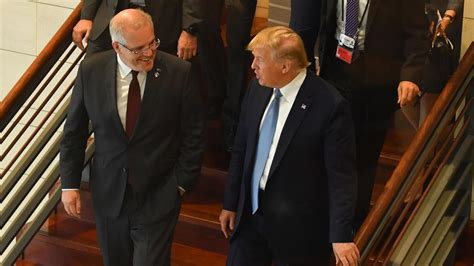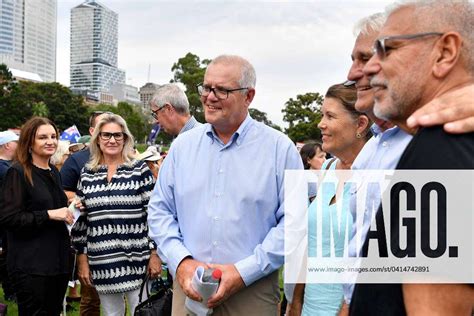Amid the hustle and bustle of Sydney, a storm was brewing on the rails. A clash between rail unions and transport officials over workers’ pay and conditions had thrown the city into disarray. As train services ground to a halt, thousands of commuters found themselves stranded, their daily routines disrupted by industrial action.
The Electrical Trades Union (ETU) and the Rail, Tram and Bus Union (RTBU) had taken protected industrial action, leading to mass cancellations of train services across New South Wales’ capital. The situation reached a breaking point as the State Government intervened, seeking a resolution to the ongoing dispute that had brought the city to its knees.
In a glimmer of hope amidst the chaos, rail union officials prepared to present a counteroffer on workers’ pay and conditions to the government. This move marked a crucial turning point in negotiations that could potentially end the standoff and bring much-needed relief to commuters who had been caught in the crossfire.
As discussions unfolded behind closed doors, RTBU state secretary Toby Warnes expressed optimism about reaching a deal. “We are very hopeful,” he remarked, hinting at progress in bridging the gap between opposing sides. With tensions running high and stakes escalating, both parties were inching closer towards finding common ground.
The Fair Work Commission’s intervention provided a temporary respite from the turmoil, offering a window for constructive dialogue between union representatives and transport authorities. The prospect of averting further disruptions loomed large as both sides sat down at the negotiating table with hopes of reaching a mutually beneficial agreement.
Amid whispers of potential breakthroughs, details of the counteroffer remained shrouded in secrecy to safeguard its integrity. RTBU officials treaded cautiously, mindful not to jeopardize delicate negotiations that held the key to restoring normalcy on Sydney’s railways.
The Heart of the Dispute
At the core of this labor unrest lay an impassioned plea for fair compensation for union-affiliated rail workers. The RTBU’s demand for a 32% pay rise over four years stood in stark contrast to the government’s offer—a 15% salary increase coupled with a 1% superannuation boost—that fell short of union expectations.
As echoes of discontent reverberated through negotiation chambers, it became evident that more than monetary concerns fueled this conflict. Deep-rooted grievances intertwined with aspirations for better working conditions formed an intricate backdrop against which these high-stakes talks played out.
In Search of Resolution
With each side holding firm on their respective positions, finding middle ground emerged as an arduous yet imperative task. The looming specter of further disruptions underscored the urgent need for swift resolution as public patience wore thin amidst mounting inconveniences caused by service interruptions.
Expert analysts weighed in on this labor impasse, dissecting its implications beyond immediate economic demands. The ripple effects extended far beyond financial remuneration—touching upon broader themes such as worker rights advocacy and organizational power dynamics inherent within Australia’s labor landscape.
Navigating Turbulent Waters
Navigating through turbulent waters required adept leadership from both union representatives and government officials alike. Balancing assertiveness with compromise became paramount in charting course towards sustainable agreements that safeguarded interests on all fronts without sacrificing long-term stability within railway operations.
As negotiations delved deeper into complex terrain fraught with competing interests and divergent viewpoints,
the journey towards consensus appeared riddled with challenges yet ripe with opportunities for transformative change.
In this crucible moment where fates hung delicately in balance,
the unfolding saga on Sydney’s rails held captive not just commuters en route but also stakeholders invested
in shaping outcomes that defined future trajectories within Australia’s transport sector.
This chapter in Sydney’s transit narrative bore witness
to resilience amid upheaval,
tenacity amidst uncertainty,
and hope tethered to collective resolve paving way towards shared horizons—where tracks laid guided by collaborative spirit led journeys towards brighter destinations ahead.








Leave feedback about this